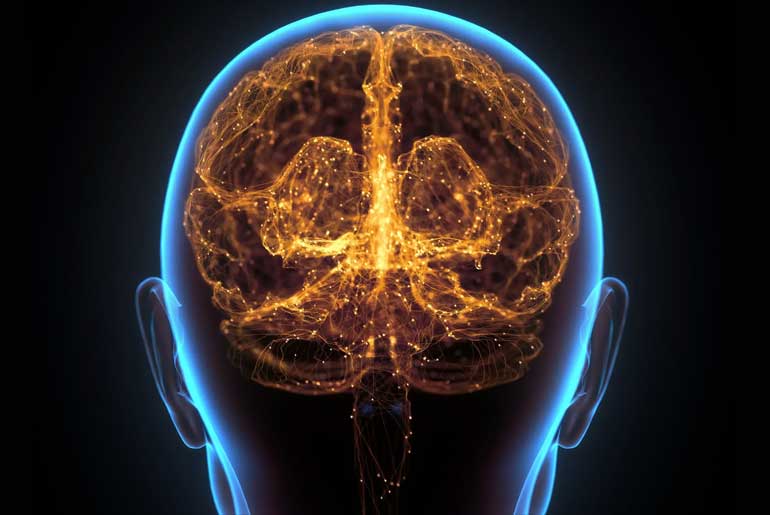Scientists conducting research on the effects of oxygen supplementation on motor learning have discovered a potentially effective method for aiding individuals with neurological trauma in regaining their motor abilities. Oxygen plays a crucial role in cognitive function, with low oxygen levels impairing performance and high oxygen levels aiding in recovery. The delivery of 100 percent oxygen is already utilized to preserve brain function in patients with neurological injuries. Since motor learning heavily relies on oxygen-dependent information processing and memory functions, researchers hypothesized that supplementing oxygen during the learning phase of a motor task could enhance learning outcomes.
Dr Marc Dalecki, now at the German University of Health and Sports in Berlin, senior author of the study in Frontiers in Neuroscience said, “A simple and easy-to-administer treatment with 100 per cent oxygen can drastically improve human motor learning processes,”
To investigate this, a study was conducted with 40 participants who were divided into two groups: one receiving 100 percent oxygen and the other receiving medical air (21 percent oxygen) through a nasal cannula during the learning phase of a hand-eye coordination task. The task involved drawing lines between different targets on a digital tablet using a stylus. The researchers examined how quickly the participants could integrate information from their eyes and hands. After the participants learned the task, the alignment of the cursor and stylus was altered to assess their adaptability, and then the alignment was realigned for a final session to test their adaptability again.
Dalecki, who led the experimental research at the School of Kinesiology at Louisiana State University said “I had this idea in my mind for almost a decade and promised myself to investigate it once I got my own research lab. And with Zheng Wang, now Dr Zheng Wang, I had the perfect doctoral student to run it – a keen physiotherapist with a clinical background and stroke patient experience.”
The study found that the participants who received oxygen during the learning phase demonstrated faster learning and better performance. These improvements extended to later sessions of the task when oxygen was not administered. The oxygen group exhibited smoother and more accurate movements with the stylus, and they adapted more quickly when the cursor was deliberately adjusted to challenge them. Additionally, they made larger errors when the alignment of the stylus was corrected, indicating that they had integrated the previous alignment more thoroughly than the group that did not receive oxygen.
“The oxygen treatment led to substantially faster and about 30% better learning in a typical visuomotor adaptation task,” said Wang, first author of the study and now at the Mayo Clinic in Rochester. “We also demonstrate that the participants were able to consolidate these improvements after the termination of the oxygen treatment.”
The researchers, Dalecki and Wang, plan to further investigate the long-term effects of oxygen supplementation on learning and test the intervention with other motor learning tasks. It is possible that the specific brain functions involved in this particular task benefit from high ambient oxygen levels, leading to the observed performance advantages. The researchers hope to eventually apply oxygen treatment to elderly and injured individuals to aid them in relearning motor skills.
Disclaimer:
The information contained in this article is for educational and informational purposes only and is not intended as a health advice. We would ask you to consult a qualified professional or medical expert to gain additional knowledge before you choose to consume any product or perform any exercise.







